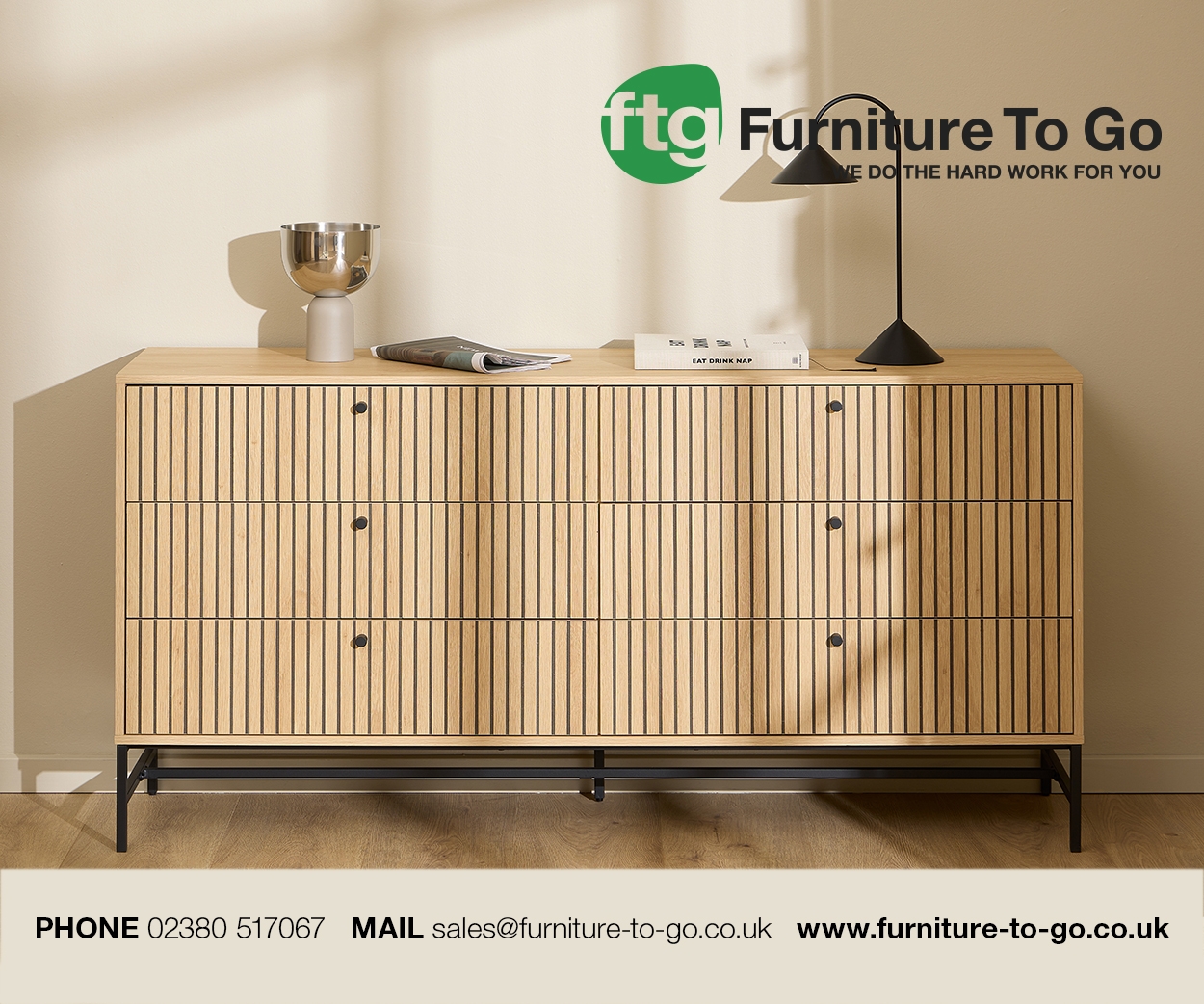With a growing number of manufacturers and suppliers choosing to handle their own direct deliveries, Wincanton’s Paul Durkin explains how supplier-to-customer (S2C) e-fulfilment can support the growth of the furniture industry – despite the absence of retail brands from the delivery process.
The furniture industry is facing a dichotomy. On the one hand, the challenging macro-economic climate is having an impact on big-ticket discretionary sales – yet on the other, consumer expectations for greater product choice are growing, with the likes of Amazon setting the bar high.
Against this backdrop, one of the perpetual challenges being posed at both manufacturing and retail levels is delivery. In contrast to other sectors where delivery items are often smaller and more compact, the range of largely outsized and bulky items associated with furniture presents challenges across warehousing and transport in terms of both cost and ease of delivery.
To combat this, there is an increasing focus on reduced stockholding at the retailer, and on the substantial reduction of delivery touchpoints.
One solution that enables this is S2C, where a retailer offers goods for sale, but delivery is executed straight from the manufacturer to the end consumer, removing the need for the retailer to stock inventory. Sometimes referred to as drop ship vendor (DSV), the S2C approach has the potential to transform online delivery for a whole range of industries, with the furniture trade having the potential to be one of its main beneficiaries.
But it also poses the question – how confident can consumers be in the delivery experience if the brand they are buying from is removed from the delivery process?
S2C presents a massive opportunity for those at all stages of the supply network, from manufacturers to retailers, and, if implemented correctly, for consumers too.
Firstly, it greatly reduces the costs associated with storing furniture items. If orders can be fulfilled directly from manufacturer to consumer, then it removes the need for retailers to commit to this financial outlay.
In addition, the technology behind S2C can support retailers’ ambitions to deliver against rising consumer expectations, extending their ranges and delivering what the consumer wants, when they want it. Companies such as Amazon have set the new standard, with next-day delivery and click and collect now commonplace across a full marketplace of products. This in turn defines consumer expectations – irrespective of what product they are buying, and from whom.
There is also the advantage of a shortened supply chain, which benefits agents at every stage of the e-fulfilment process – fewer trips mean a reduced risk of damage and a more direct (and potentially quicker) route to the consumer.
One further benefit – particularly to larger retailers – is that S2C helps them to innovate at a time when the furniture sector is awash with new players. Industry disruptors such as Made.com and Swoon Editions rely entirely on the direct-from-the-factory consumer proposition. Reduced overheads mean they can release new collections on a far more regular basis than competitors. S2C allows the bigger players to react, and begin to deliver the same level of service, consumer value and engagement as their smaller counterparts.
Of course, the main challenge associated with this approach concerns the consistency of customer experience. How can brands maintain their reputation when it comes to engaging with their customers, if that part of the process is undertaken by the supplier and delivered by alternative, multiple carrier partners? This is further complicated within the furniture trade by the fact that many items necessitate two-man home delivery, and all that entails.
Ultimately, determining a route to market that is able to deliver a clear and consistent service is the key to overcoming this challenge. An experienced logistics partner is able to act effectively as an extension of a particular brand, and is the key to unlocking the various benefits that S2C can provide.
For consumers, furniture is typically a significant financial and emotional investment. The rise of e-fulfilment in the sector has thrown up a number of challenges relating to delivery, and with 41% of UK shoppers found to be most likely to purchase furniture and homewares online [according to PwC’s 2017 Total Retail Survey], those challenges are only set to grow.
By implementing new technologies to grow the S2C channel, and working with a trustworthy logistics partner, retailers and manufacturers are able to offer their customers both choice and value in an increasingly competitive marketplace.
Paul Durkin is the director of home & e-fulfilment at logistics specialist Wincanton.











